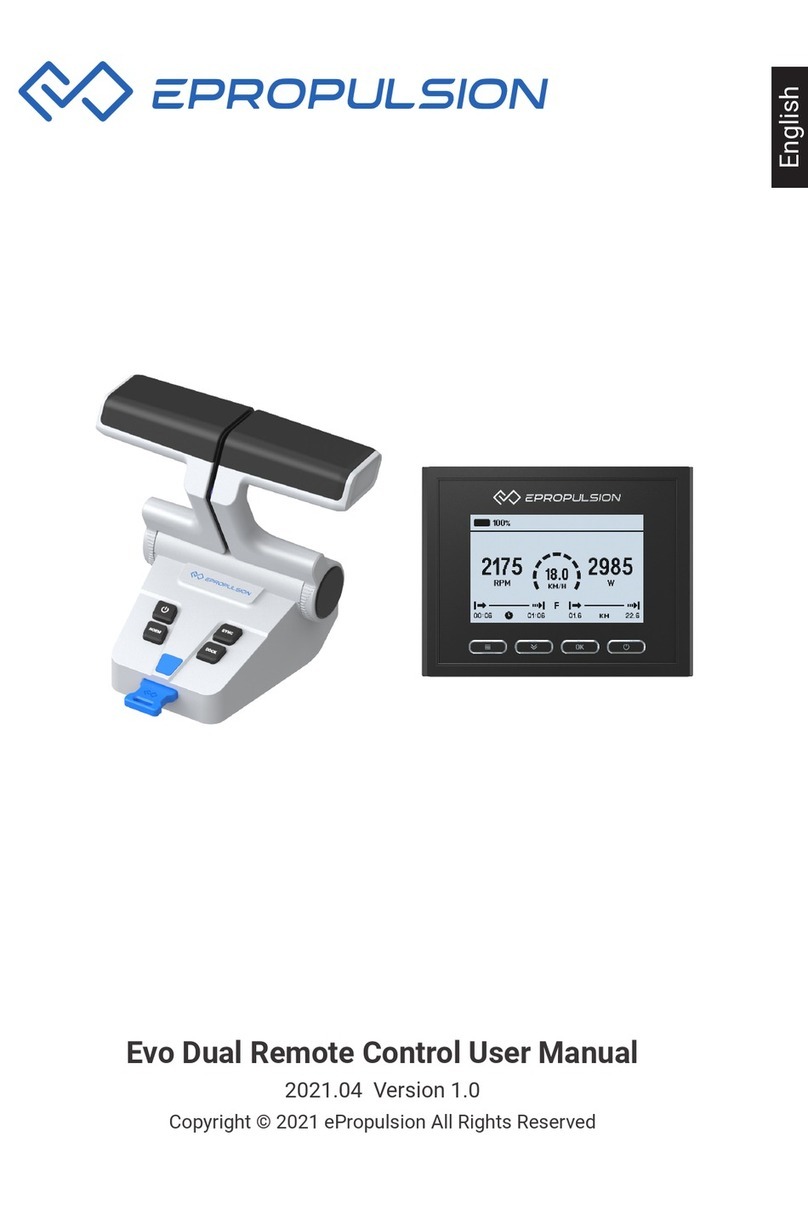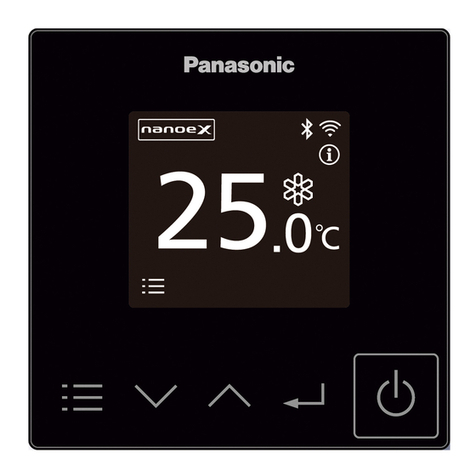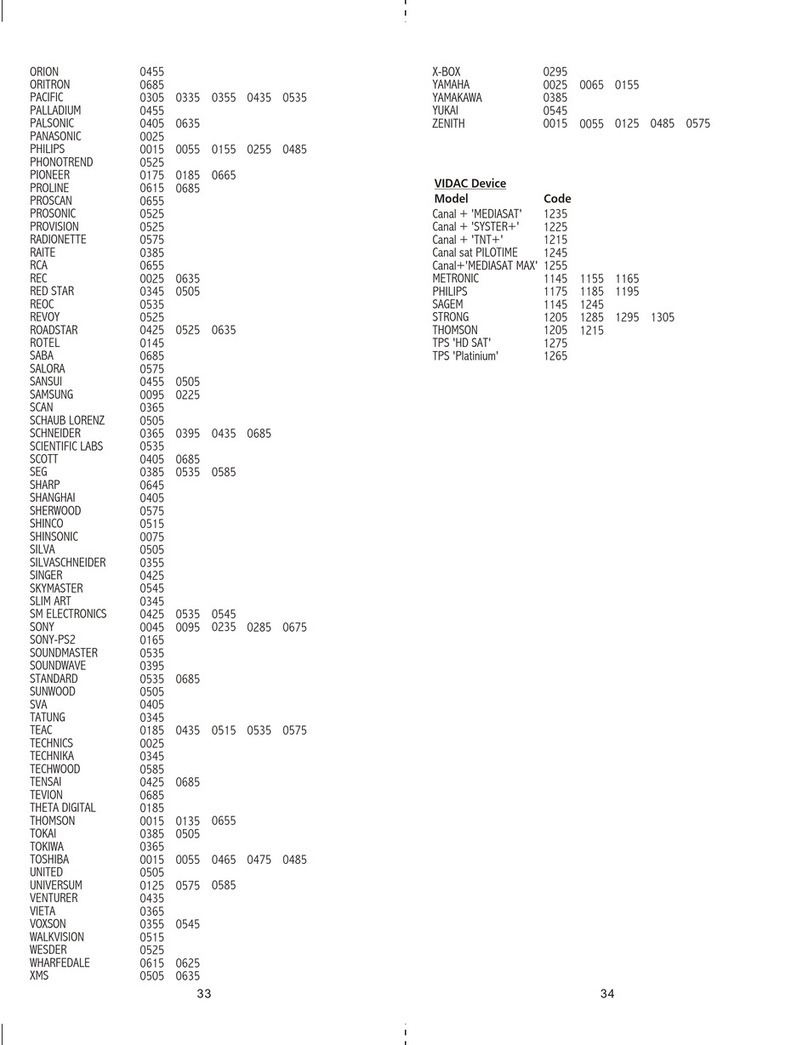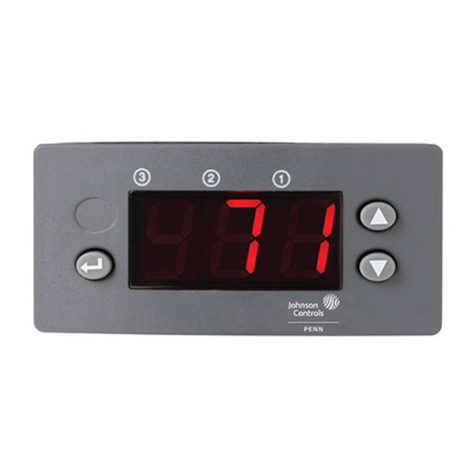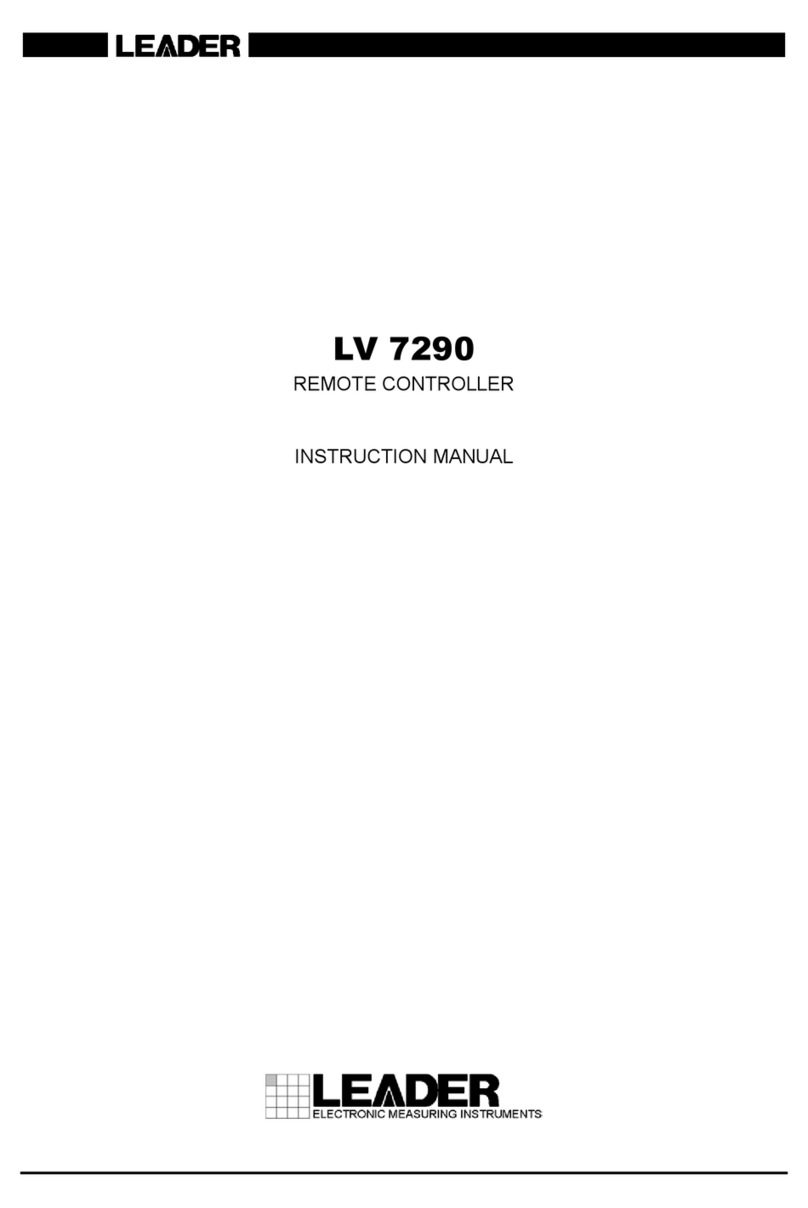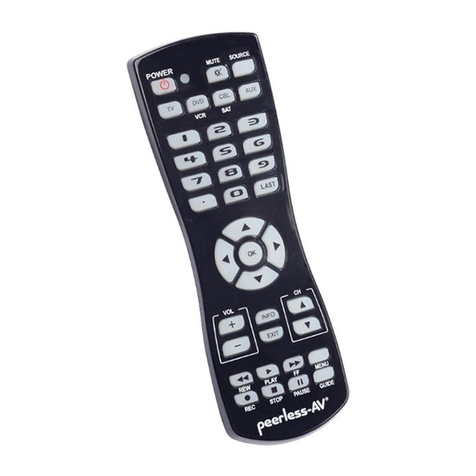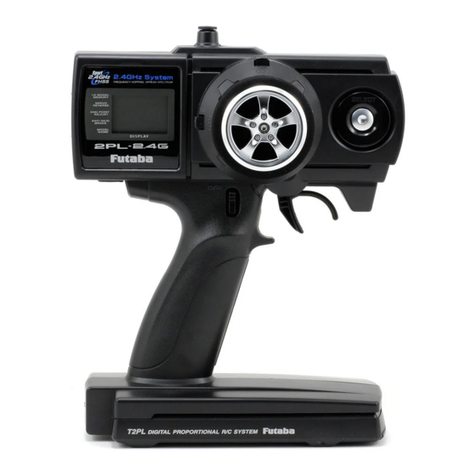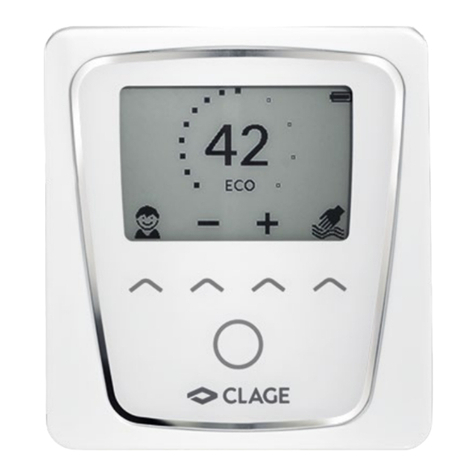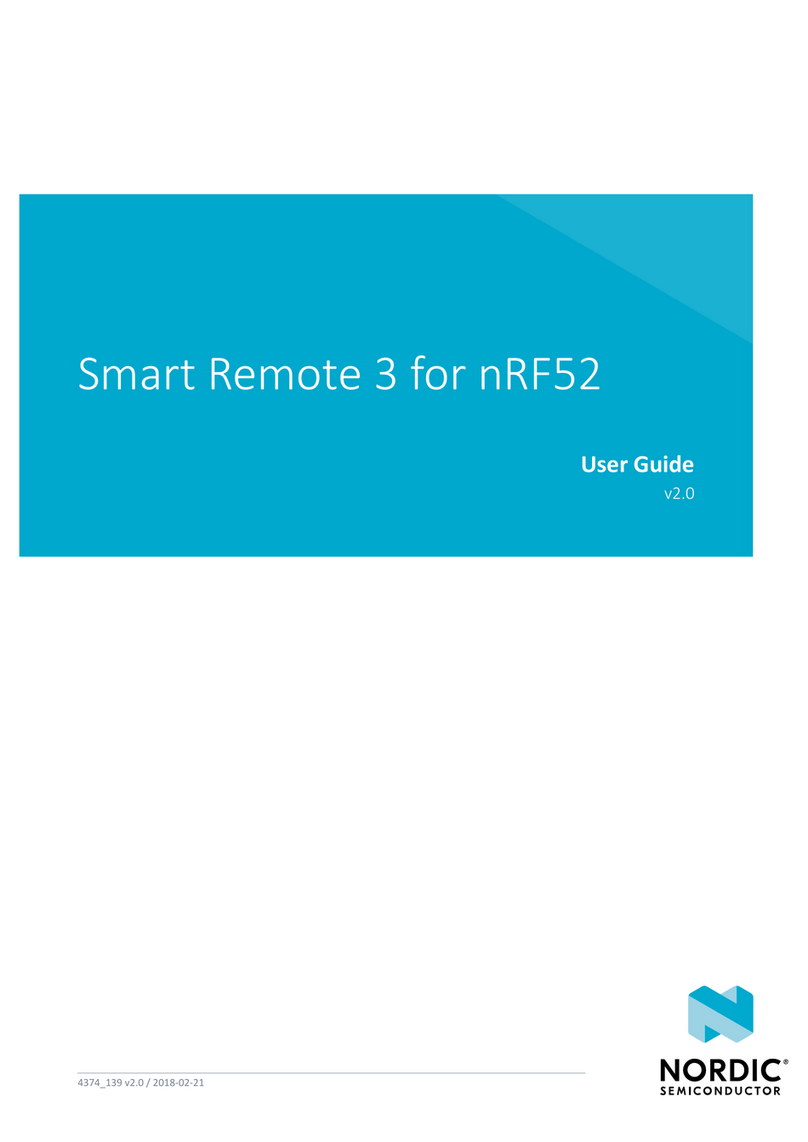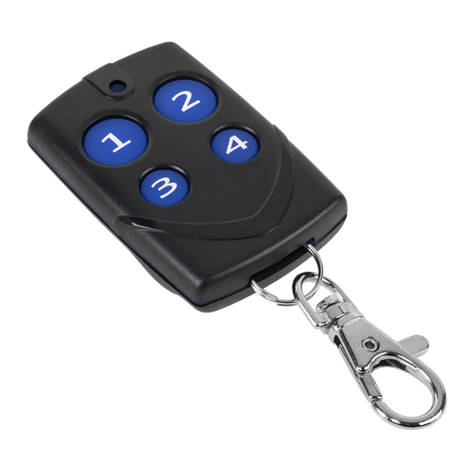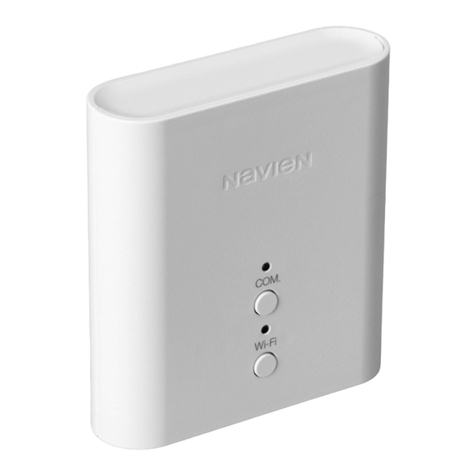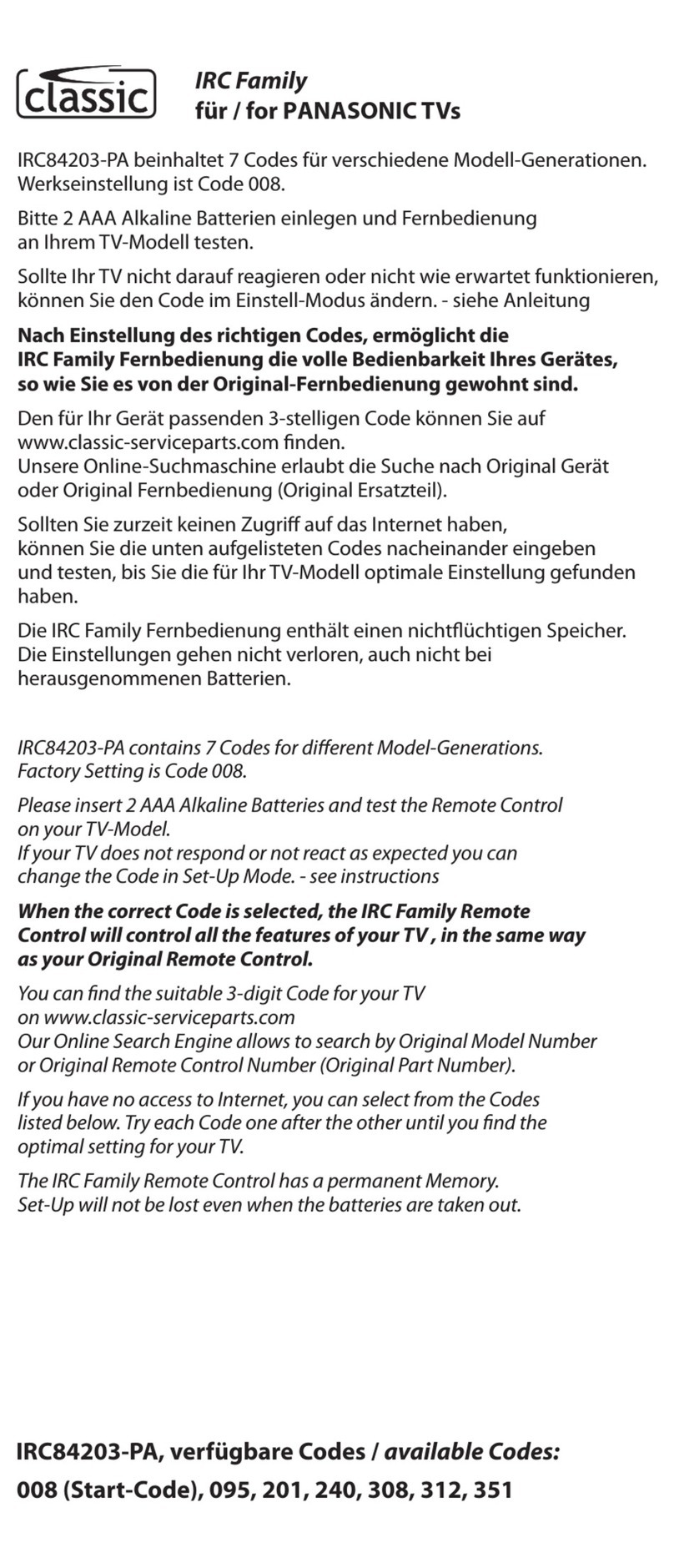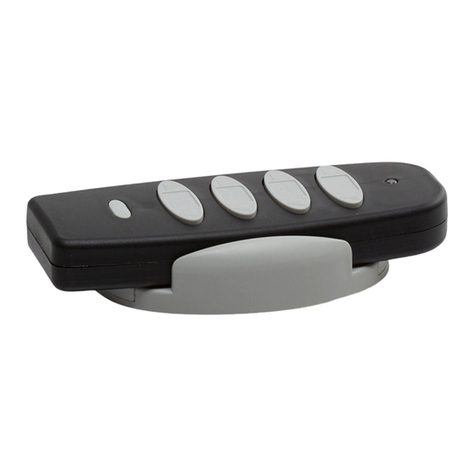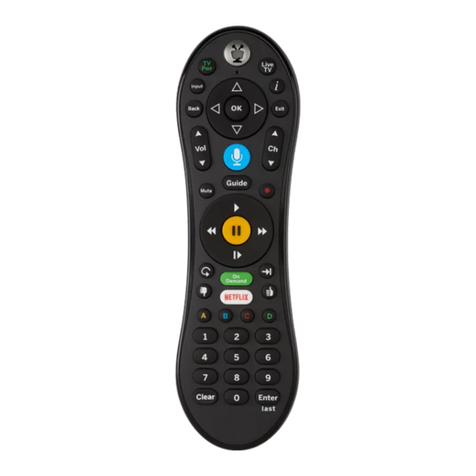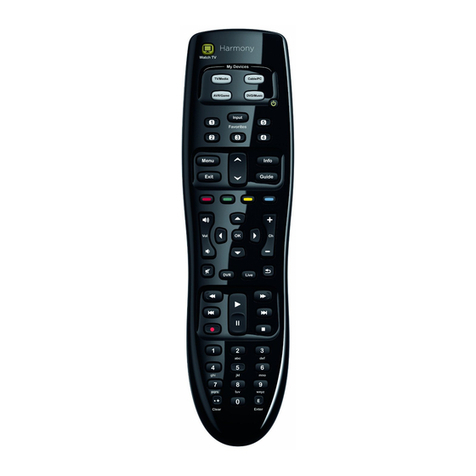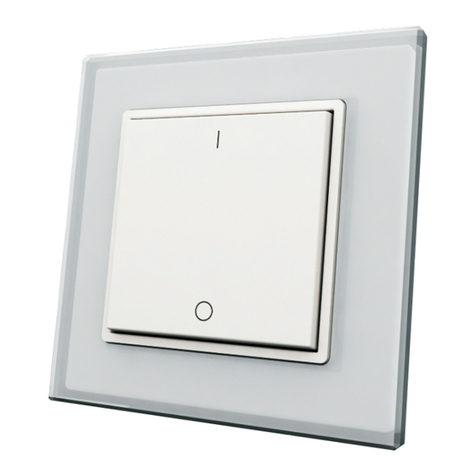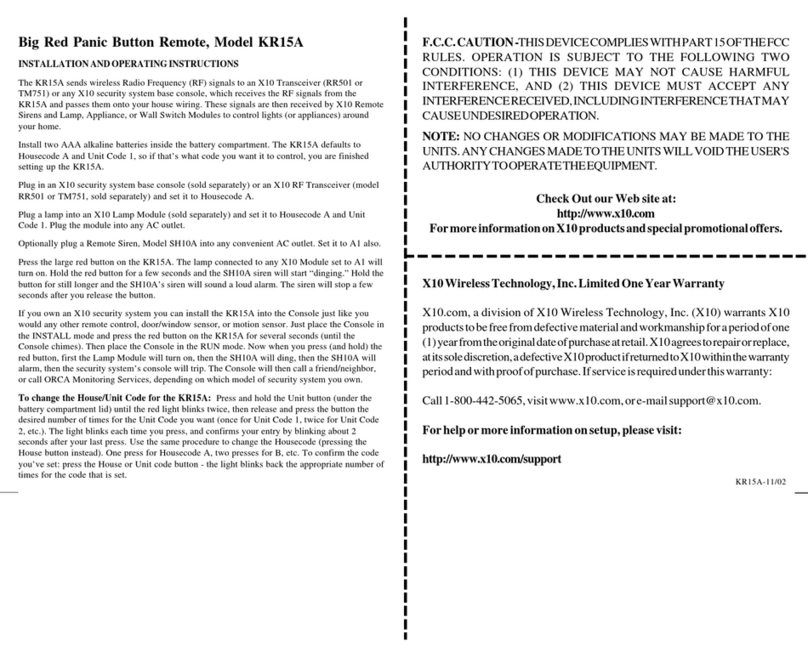ePropulsion NAVY User manual

NAVY REMOTE CONTROL USER MANUAL
Nov, 2018 Version 1.0
Copyright © 2018 ePropulsion All Rights Reserved


1
Acknowledgement
Thanks for choosing ePropulsion products, your trust and support in our
company are sincerely appreciated. We are dedicated to providing high-
performance electric outboards, as well as thrusters, reliable lithium batteries
and accessories.
Welcome to visit www.epropulsion.com and contact us if you have any
concerns.
Using This Manual
Before use of the product, please read this user manual thoroughly to
understand the correct and safe operations. By using this product, you
hereby agree that you have fully read and understood all contents of this
manual. ePropulsion accepts no liability for any damage or injury caused by
operations that contradict this manual.
Due to ongoing optimization of our products, ePropulsion reserves the rights
of constantly adjusting the contents described in the manual. ePropulsion
also reserves the intellectual property rights and industrial property rights
including copyrights, patents, logos and designs, etc.
This manual is subject to update without prior notice, please visit our website
www.epropulsion.com for the latest version. If you find any discrepancy
between your products and this manual, or should you have any doubts
concerning the product or the manual, please visit www.epropulsion.com.
ePropulsion reserves the rights of nal interpretation of this manual.
This manual is multilingual, in case of any discrepancy in the interpretation
of different language versions, the English version shall prevail.
Symbols
The following symbols will help to acquire some key information.
Important instructions or warnings
Useful information or tips

2
Product Identication
Below picture indicates the serial numbers of NAVY Remote Control. Please
note the position of the serial numbers and record them for access to
warranty service and other after-sale services.
Figure 0-1
Model: NAVY Remote Controller
Serial No.: DNRCXXXXXXX

3
Table of Contents
Acknowledgement .................................................................................... 1
Using This Manual...................................................................................... 1
Symbols ...................................................................................................... 1
Product Identication ................................................................................ 2
Table of Contents ....................................................................................... 3
1 Product Overview.................................................................................... 4
1.1 In the Package .................................................................................. 4
1.2 Parts and Diagrams .......................................................................... 5
1.3 Specication...................................................................................... 5
2 Displaying...............................................................................................6
3 Charging ............................................................................................... 10
3.1 Charging by solar power................................................................... 10
3.2 Charging by wired connection.......................................................... 10
4 Power Adjusting................................................................................... 12
4.1 Power Adjusting for Remote Control ................................................ 12
4.2 Adjusting Maximum Forward/Backward Power ............................... 13
4.3 Recalibration .................................................................................... 14
5 Use of Kill Switch................................................................................. 16
6 Pairing Remote Control to the Outboard .......................................... 17
7 Warning Messages .............................................................................. 20
8Warranty ................................................................................................ 23
8.1 Warranty Policies ............................................................................ 23
8.2 Out of Warranty............................................................................... 24
8.3 Warranty Claim Procedures ............................................................ 24

4
1 Product Overview
The NAVY Remote Control is used for starting and stopping the NAVY
outboard motor, adjusting the speed of the motor, configuring the battery
parameters, displaying the system information and messages, etc. The
Remote Control is powered by either solar power or the built-in lithium
battery. Remote Control wirelessly or wiredly communicates with the
outboard control system built in the main outboard motor. While using the
Remote Control, it requires an additional steering wheel to help steer.
1.1 In the Package
When you receive a set of NAVY Remote Control, unpack its package and
check if all the items below are included in the package. If there is any loss
or transport damage, please contact your dealer immediately.
Items Qty./Unit Figure
NAVY
Remote
Control
1 set
Fixing Guide 1 piece 41mm
98mm
2× 6mm
Plotting Scale - 1:1
Screw Size - M6×12mm
Navy 6.0R
Fixing Guide
For Remote Controller
Room 702
Kowloon Bldg
555 Nathan Rd
Kowloon, Hong Kong
www.epropulsion.com
User Manual,
Warranty
Card &
Invitation
Card
1 set
Kill Switch 2 pieces
Warranty
Invitation Card

5
1.2 Parts and Diagrams
Figure 1-1
1.3 Specication
NAVY Remote Control
Communication Wireless / Wired
Communication Distance ≤10 m
Weight 0.65 kg / 1.43 lbs.
Dimension (L x W x H) 193 mm x 130 mm x 112 mm /
7.6" x 5.1" x 4.4"
Throttle Handle
Display Panel
Buttons
Kill Switch
Communication Port
(Bottom)
Solar Panel

6
2 Displaying
Battery Level Indicator
Throttle Reset Indicator
Battery Level/Voltage
Kill Switch Status Indicator
Overheat Alert
Current Speed
Distance/Time
Throttle Power
GPS Status Indicator
Travelled Distance/
Time or Remaining
Distance/Time
Figure 2-1
Buttons Functions
“Power”
1. In power-off state, press and hold the power button to power
on the Remote Control.
2. In power-on state, press and hold the power button to power
off the Remote Control.
“OK”
1. On setting pages, press " " button to save the current
settings and switch to the next item.
2. On setting pages, press and hold “ ” button, and the
system will save your settings, the display will exit from
setting page and return to the home page.
3. In power-on state, when home page displays or all the
characters display on the page, press “ ” button
and hold 5s to enter the Remote Control pairing page.

7
Buttons Functions
^
“Up”
1. On any setting page, press “
^
” button to view options for
current setting.
2. In power-on state, when home page displays, press “
^
”
button and hold 10s to enter the throttle calibration page.
3. On home page, press “
^
” button to switch the travelling
distance or time displaying icon between “ ” and “ ”.
press
“Up”
button
Main page 1 Main page 2
“Menu”
1. In power-on state, press and hold “ ” button to enter the
preference setting page.
Preference setting page
2. On preference setting page, press and hold “ ” button to
enter the battery setting page.
Battery setting page
3. On any page, press “ ” button to return home page.

8
If users enter the page without setting any parameters, the current
parameters displayed on the page will be saved as user parameters by
default.
If “ ” shows on start-up, it indicates system initialization.
Icons Functions
Battery level
indicator
Indicating approximate battery level. The
solid blocks stand for remaining battery.
Battery level/
voltage
Indicating accurate current battery level
percentage/battery voltage, is congurable
in preference setting page.
For example:
: indicates current battery level.
: indicates current battery voltage.
GPS status
indicator
Hidden: no satellite signal is received
or GPS does not work.
Blink: GPS is connecting to satellites.
Shown constantly: GPS is in use.
Over-heat alert
Hidden: system temperature is in
normal range.
Blink: system temperature is a little
high and the maximum input power of
motor has been lowered than 3kW.
Shown constantly: system is over
temperature and the outboard will
stop working. The outboard motor
can’t be started until the system
temperature drops to a certain level.

9
Icons Functions
Kill switch
status indicator
Hidden: kill switch is present and is
working well.
Shown constantly: the kill switch is
detached.
Current speed
Displaying real time cruising speed.
Set units (KM/H, MPH or KNOTS) in
preference setting page.
Distance/time
display
Displaying real time travel distance/time.
Set units (MILE, KM (kilometer) and NM
(nautical mile)) in preference setting page.
The time unit is HR (hour).
Travelled
distance/time
or remaining
distance/time
: Remaining distance or time that
outboard can travel.
Set units (MILE, KM (kilometer) and NM
(nautical mile)) in preference setting page.
: Travelled distance or time.
Throttle Power
Displaying real time input power to the
system.
A blinking “RESET” indicating the throttle
should be reset to zero position.

10
3 Charging
The NAVY Remote Control has a built-in lithium battery for power supply.
The battery will be charged automatically under normal use: get charged by
solar power or wired connection.
3.1 Charging by solar power
When the solar panel receives enough sunshine, it will generate electricity to
charge the built-in lithium battery. While charging the battery by solar power,
it’s suggested to face the solar panel of the Remote Control toward sunlight
to get better charging effect.
(Face the Sun)
Solar Panel
Figure 3-1
It’s recommended to charge the Remote Control by solar power.
3.2 Charging by wired connection
If the Remote Control can’t get enough solar power for a long time, the
battery level will run out. In this case, a warning message with an error code
E60 (Figure 3-2) will display on the LCD panel to remind you to charge the
Remote Control.
Figure 3-2

11
Please follow the below steps to charge the Remote Control by wired
connection.
First, connect the Remote Control to the outboard motor by a communication
cable rst (Figure 3-3);
Then, connect the outboard motor to the battery.
Communication Cable
Figure 3-3
During long-term storage, ensure to charge the Remote Control battery
every 6 months to avoid over-discharge.
After long-term storage, charge the Remote Control before use.
The communication cable is not included in this package. Please
purchase one from your dealer if you choose this charging method.
It’s recommended to switch off the Remote Control while connecting
the communication cable. When the Remote Control is switched on
while charging, as the outboard main part and Remote Control are
in communication, the working outboard motor will stop once the
communication cable disconnects.
* The communication cable needs
to be purchased separately.

12
4 Power Adjusting
4.1 Power Adjusting for Remote Control
The Remote Control is mainly used to adjust the input power of the outboard
motor. When the battery is well connected and switched on, power on the
Remote Control to start the outboard, then slowly push the throttle forward
position to increase the throttle power. The maximum forward/backward
power is different for different outboard motors. The default maximum
forward/backward power is shown below.
Forward Neutral Backward
Figure 4-1
Outboard motor Forward power Backward power
NAVY 3.0 3 kW 3 kW
NAVY 6.0 6 kW 4 kW
Before power on the Remote Control, please reset the throttle to neutral
position.
If you nd a blinking “RESET” on the display panel, you are reminded to
reset the throttle to neutral position.
If you turn the throttle from the forward position to the backward position
directly, the motor will rst stop shortly, then start turning to the reverse
direction.

13
4.2 Adjusting Maximum Forward/Backward Power
Users can set the maximum forward/backward throttle power on their own.
Make sure the battery is powered off before adjusting.
Step 1: Turn on the Remote Control. The home page displays.
Step 2: Long press (5s) “ ” button and “
^
” button simultaneously to
enter the maximum forward/backward power setting page.
FOr: forward
bAC: backward
Long Press “ ”and
“ ” button simultaneously.
^
Figure 4-2
Step 3: If the parameter is ickering, you can press “
^
” button to change
the parameter. If you do not want to change the ickering parameter,
press “ ” button to switch to the next parameter.
If you want to set the maximum backward power to 4kW,
you can switch to bAC and set the percentage to 67%,
eg. 4kW / 6kW ≈ 67%.
Step 4: Long press the “ ” button until it returns to the home page. The
setting is nished.

14
4.3 Recalibration
The throttle position sensor should be recalibrated if the below error code
displays.
Figure 4-3
Recalibration process LCD Displaying
Step1: Long press “
^
” button for 10s until
“CAL FO” displays.
Step2: Push the throttle to the maximum
forward power position, then press “
^
”
button. “CAL ST” will display and “CAL” will
be blinking.
Step3: Pull the throttle to the middle (zero)
position where you can hear a click sound,
then press “
^
” button, “CAL bA” will display
and “CAL” will be blinking.

15
Step4: Pull the throttle to the maximum
backward power position, then press “
^
”
button. “CAL FO” will display and calibration
is completed. A blinking “RESET” will display
to remind you to reset the throttle to zero
position.
Step5: Push the throttle to zero position and
press the “ ” button and return to the main
page.
Carry out the throttle calibration procedures strictly as the above
sequence.
When recalibrating a Remote Control, please pull/push the throttle.

16
5 Use of Kill Switch
Locate the kill switch to the right place on the Remote Control and tie its
lanyard to your wrist or life jacket.
Stop the outboard in emergency by detaching the kill switch.
To run the motor again, rst attach the kill switch then start the motor.
Figure 5-1
The kill switch generates magnetic eld. Keep it 50cm / 20inches away
from medical implants like pacemakers and magnetic cards (e.g. credit
card) as well as other magnetic media.
The magnetic eld of the kill switch may interfere with some electronic
instruments. Keep it away from these electronic instruments.

17
6 Pairing Remote Control to the Outboard
There are three pairing methods. Please choose one proper method
and follow the procedures.
a. Pairing Wirelessly
Step1: Switch off both NAVY outboard and Remote Control.
Hold the remote within 0.5m to the head part of the outboard.
Step2: Press and hold the “ ” button on the Remote to switch on.
Step3: Press “ ” button and hold 5s to enter the pairing setting page
(Figure 6-1). On this page, you can find blinking “ ” (address)
and “ ” (set), and a countdown timer “ ” (60s).
Figure 6-1
Step4: Switch on NAVY power. Wait for them to get paired in a few seconds.
Step5: After pairing, the LCD screen will display as Figure 6-2 for 5s, then
returning to home page automatically.
Figure 6-2
If pairing fails within 60s, go back to Step3 and try again.
b. Pairing by Communication Cable with a 48V Battery
Step1: Switch off both NAVY outboard and Remote Control.
Step2: Connect NAVY outboard and Remote Control with a communication
cable. Please refer to Figure 6-3.

18
Step3: Switch on both NAVY outboard and Remote Control and wait for
them to get paired.
Step4: Pairing succeeds until home page displays. Then disconnect the
communication cable.
Figure 6-3
c. Pairing by Communication Cable with a NAVY Battery
Step1: First connect the main switch cables to the NAVY Battery.
Step2: Connect the main switch cables with the power cables from the
outboard.
Step3: Connect NAVY 6.0 outboard motor to the NAVY Battery with the
communication cable.
Step4: Connect the NAVY remote control to the NAVY Battery with the
communication cable.
If “ ” shows on start-up, it indicates system initialization.
After pairing Remote Control to the Outboard, it can switch between
wireless and wired communication automatically.
Main
Switch
48V
+-
Other manuals for NAVY
1
Table of contents
Other ePropulsion Remote Control manuals
